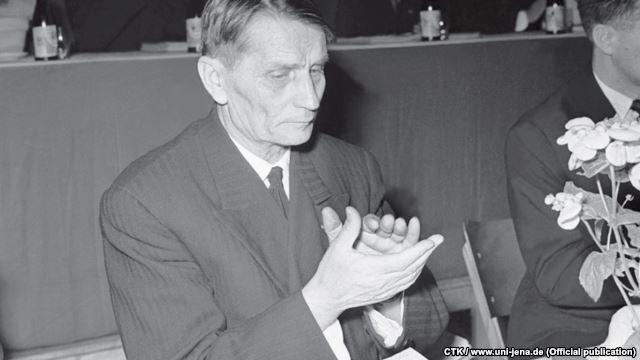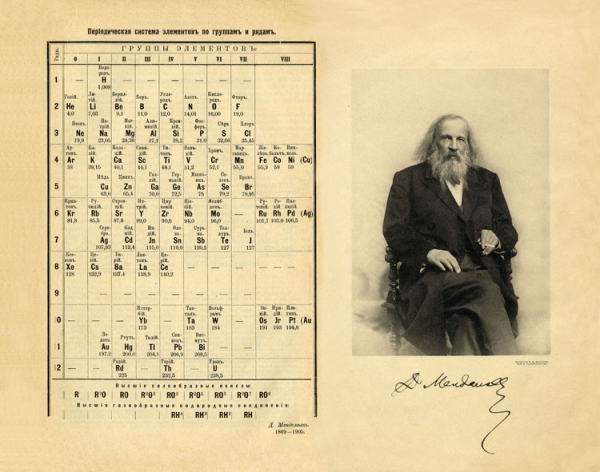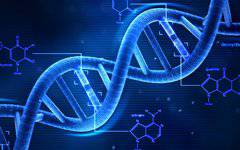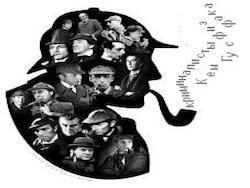
The media, movies and TV series generate the audience an idea about the power of the so-called forensic science. But if you dig this area a little deeper, it turns out the strange things…
What’s going on?
In September 2016, very solid-state body in the US, called the Presidential Advisory Council on science and technology (or PCAST brief), published in the highest degree angry analytical report devoted entirely to forensics (PDF).
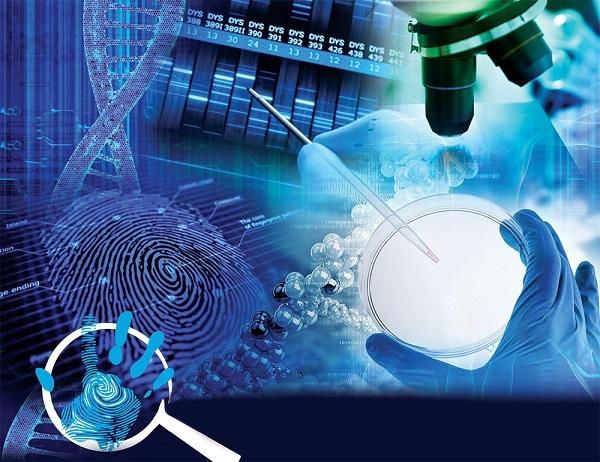
The document has a volume of over 170 pages and is entitled scientific experts in emphasized neutral tones: “Forensic science in the criminal courts: Ensuring the scientific validity of methods for comparison of characteristics.” But if you start to delve into the contents and conclusions of the report, it quickly becomes clear one simple thing: although in criminalistics and made to see the complex scientific disciplines, but with what makes the practice of science – with the scientific validity of the basic methods of examination – there are very, very big problem.
Almost all forensic disciplines based on the comparison of samples, or otherwise, on the methods of identification and analysis of patterns of compliance. The spectrum of research is very wide: from fingerprint analysis to examine evidence of the use of firearms, from the comparison of bite marks or Shoe to the analysis of hair samples and mixtures of DNA molecules. A total of about 20 different disciplines.
But significantly, each of these methods necessarily implies the participation of “forensic expert”. That is a specialist who closely examines the evidence and credible sets in the end, whether its characteristics to a specific person, sample or object.
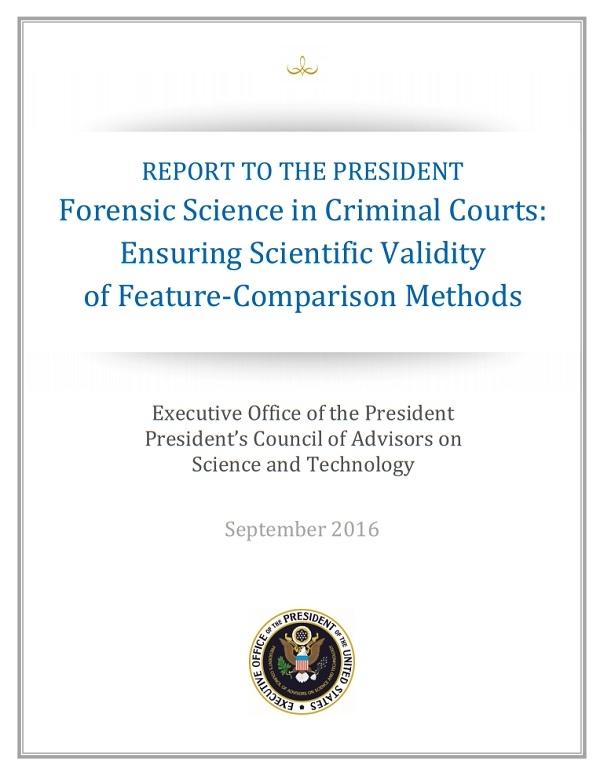
Well, the current report, therefore, carefully analyses and whether each of these methods of examination scientifically sound? And if not (which is determined by inspection in the majority of cases), as one would do one or the other method is really scientific. If at all possible, of course. Because for some of the currently practiced forms of “forensic science” summarizing the scientific base at all visible – at the conclusion of independent scientists of the Commission from the President…
Understandable, perhaps, that all this juicy story, what is happening seems to be purely locally in the United States actually has the direct relation to all other countries in the world. In science, there are no national physics, chemistry or mathematics. In all States of the world of forensic laboratories are equipped with plus-minus the same equipment, and experts everywhere use standard techniques to analyze the results obtained with the use of a particular technology.
An example is with a showdown in the U.S. is particularly good for its clarity. Because in other countries with less developed civil society, competent scientists-professionals do not have the opportunity to openly and directly communicate with the President and other leaders of the state, in order to clearly explain to the authorities what science is and why the current criminal law, it is not. It’s not even close.
⇡#How came to such a life?
There is no reason to say that the current PCAST report was a bomb or a revelation, suddenly opened people’s eyes to serious problems. Not at all. This story lasts for a long time, and quite clearly very large claims from independent scientists to the CSU marked another quarter of a century ago, in the early 1990-ies.
The material embodiment of these conflicts were the so-called “Rules Coberta” (Daubert ruling) is a ruling of the Supreme court of the United States from 1993 that set forth five basic criteria on which judges should consider in their decisions the conclusions of the scientific examination. In particular, according to one of these criteria, all forensic methods of analysis should have a clearly defined probability of error as in any other serious science. But this is exactly what virtually all forensic Sciences (except for DNA analysis) and nobody ever has not strictly been established…
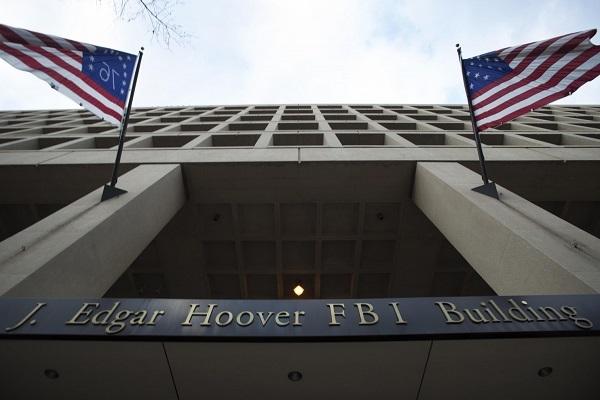
And as strange as it may sound, though the way to derive forensic science on the rails marked a long time ago, no reason not in a hurry this route to follow. At the top of the justice Department, the FBI and prosecutors, as well as in the top leadership of forensics organizations to this day continue to insist that forensic science is a very special science, to which not applicable normal search criteria of truth. Here, they say, much more important is the experience and professionalism of the experts than some dubious probability. In the fight against criminals no doubt. But because the conclusion of the examination must be 100 % certain – or “Yes” or “no”. And nothing else.
Such a strange and inflexible position of law enforcement is partly due to the fact that forensic science – and in particular fingerprints to catch criminals the police have started a successful to apply from the XIX century. That is, before in science have a clear rule to assess the validity of hypotheses and analytical comparisons. Well, since no one in their right mind, would dispute that a comparison of fingerprints and other forensic methods are really very useful when investigating crimes, police and prosecutors prefer to interpret the results of the examination as absolutely reliable. And for a long time strongly resisted independent audits.
For the first time to test the fingerprinting according to generally accepted scientific methods was possible only in 1995. The results of this test turned out to be extremely dull. Experienced experts for the review was provided with 4 full sets of fingerprints of all 10 fingers from the database 7 and the residual fingerprints taken from evidence. Of the 156 people who took part in the test, less than half (68, 44 %) correctly classified all 7 tracks. And in General this test gave 48 incorrect identifications. It is clear that “science” categorically claiming absolute certainty of its findings, such a result looked extremely indecent…
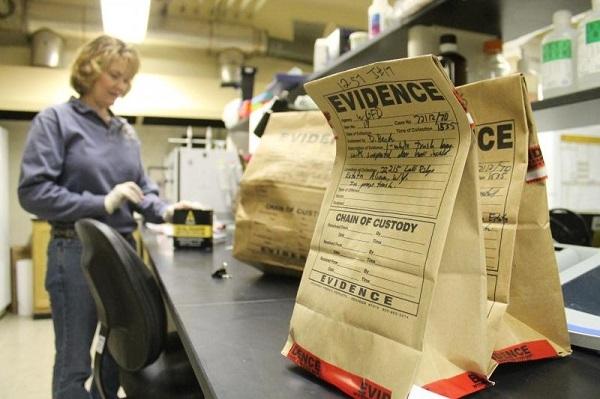
No significant changes in forensic science, however, these tests did not cause. Everything here remained the same, and the next really serious “impact” on the part of this science occurred at the beginning of the new century. It’s hard to say how much impact punctures and glaring inconsistencies in the analyses of evidence of the 9/11 terrorist attacks, the anthrax attacks and “weapons of mass destruction Saddam” to justify aggression in Iraq, but the facts are that the patience of the scientists of the country are exhausted to the limit.
In 2003, the national Academy of Sciences of the United States proposed to the authorities a programme of research to verify the scientific credibility of all available at that time forensic techniques of analysis – from fingerprints to lie detectors. At first the plan seems to be like, under the financing program quickly found the funds and sponsors, but quite quickly became apparent and the brake obstacles.
Sponsors from industry, thriving on the orders of equipment for the global war on terrorism, as the chief conditions insisted that they will control everything – as an assessment of the resulting research results and the availability of these results for society. Because in such conditions the scientists refused to work, wealthy sponsors they did not. Well soon the project somehow fell and state funding programs…
Meanwhile, in criminology was one of the most shameful episodes in the recent history of this “science” – the notorious case of Brandon Mayfield 2004-2005 Fully collapsed and the most scandalous, you might say, “fingerprint” case that clearly demonstrates what is the real value of fingerprints as the main evidence of guilt.
Some details about this outstanding incident the lead a little further, here – following the chronology – it remains to note that along with the transition of power from the Republicans to the Democrats, first in Congress and then in the White house, the academic program’s verification of criminology on scientific still resumed. Resulting in the spring of 2009 together with the launch of the Obama – became the relevant analytical report “About strengthening forensic science in the United States: the Road ahead“, a publication which many then be compared with a bombshell.
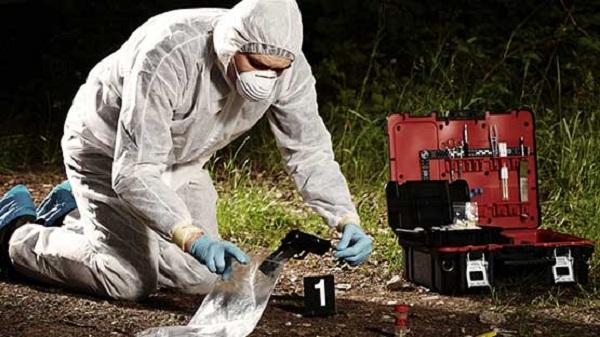
In this document, jointly prepared by the Academy of Sciences and National research Council, was the first formal and systematic view of the very unfortunate situation with all the mass of the forensic disciplines, which for many decades used in the investigation of criminal cases. How very bad the fact, the report noted the lack of scientific studies in almost all forensic analyses, with the exception of DNA analysis. And because the main outcome document was the call for serious research, which are essential to build confidence in all these disciplines.
Two months after the publication of this report Barack Obama established PCAST – President’s Advisory Council on science and technology – one of the main tasks, among other things, to help justice and criminology in the translation of the entire economy on a truly scientific basis. So that the current PCAST report is the result of work of scientists of “obamski” of the Council in this area. And the result is not just bleak that it is impossible not to notice, and in fact stating the lack of real progress.
The main objects of criticism in a new report 2016 become quite questionable forensic techniques, like analysis of bite marks, but it makes sense to be clear that everything here has gone from fingerprinting. And in a sense it is the same – as the Foundation, the problem in the end.
⇡#That the trouble with fingerprints?
The fundamental problem of fingerprinting in forensic science is most clearly and intelligibly to explain on a live example – already announced earlier, the case of Mayfield. When in 2004 after a series of train bombings in Madrid was organized by the international hunt for terrorists staged them, one of the first suspects with the filing of the FBI was a local attorney from Oregon named Brandon Mayfield.
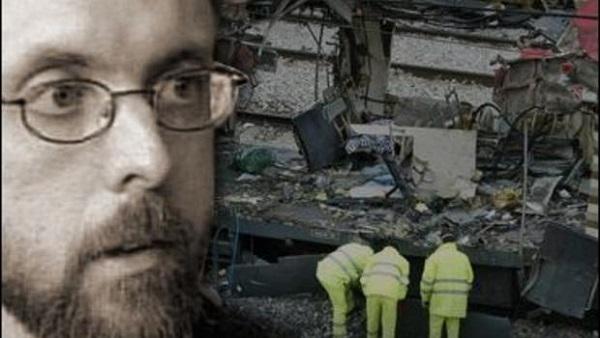
He seemingly had no ties with extremists in Spain, however, was the finger of which fingerprint was very similar to the one trail that was discovered in Madrid in a plastic bag with detonators used in the bombs of terrorists. When the fingerprints from the evidence has launched an international search in IAFIS, a giant fingerprint database, the FBI not only found the line, but then he “absolutely” confirmed four experienced expert – three private CSI from the FBI and one visiting side.
The techs Spain, however, this identification immediately raised doubts, because they saw only 8 matched “points of comparison”. However, experts from the American side insisted that I see 15 of those points. The main factor podkreplyalisj confidence of the FBI, was that the personality of Mayfield is in fact perfectly fit the profile of “Islamic extremists”. Not only that, he was married to a Egyptian-Muslim myself for this case converted to Islam, so also in court recently defended fellow Muslims suspected of terrorism…
In short, Mayfield was immediately arrested and put behind bars. And his fate in such hands, with the “irrefutable” evidence of guilt would have been really bad – if the Spanish police caught soon after Hunan Algerian Daoud, in which not one but all fingers are made the same prints that were discovered on the pack of terrorists… Mayfield, of course the prison had to release an apology, but in General the whole story is clearly highlighted here are some moments of fundamental importance.
The VICAP database, called IAFIS, or “United automated system of fingerprint identification”, the world’s largest unit for the collection, storage and retrieval-comparison of fingerprinting, where the accumulated information about more than 100 million people (including about 70% with a criminal background and 30 % of ordinary people, obliged to pass the “fingers” on those or other requirements of the law). Although the storage of fingerprints in IAFIS have long since computerized, to this day for the standard analysis procedures it is not accepted to operate with probabilities of errors of first and second kind — that looks very strange.
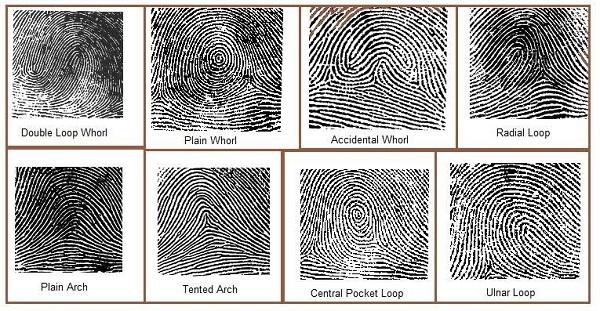
In other words, we are talking about well-known errors such as “false detection (non-existent) of conformity”, or False Positive, and “false rejection (real) of conformity”, or False Negative. Such errors will certainly occur with any procedure of analysis in serious science, their probabilities can be controlled, and because such likelihood and impact on their settings are always carefully calculated in advance, and then are translated and specified as the set of statistical material.
The FBI and the U.S. Department of justice, of course, aware of how science works. But today — even after all the devastating reports — they continue to insist that their “forensic science” in General and fingerprinting in particular needs to be arranged differently. Here the final decision on conformity of the “fingers” on long-established methods take experienced experts, and their conclusion should be taken as “infallible”.
It is because of this indispensable presence of the human factor, obviously, forensics is still there, not only calculations for the increase-decrease “points of comparison” affects the probability of errors first and second kind, and the established standards regarding the number of such points. Someone likes eight, some ten, others twelve, and there are experts who assure that can reliably identify only one point. But in this “science,” there is no strict definition of what is meant by point of comparison…
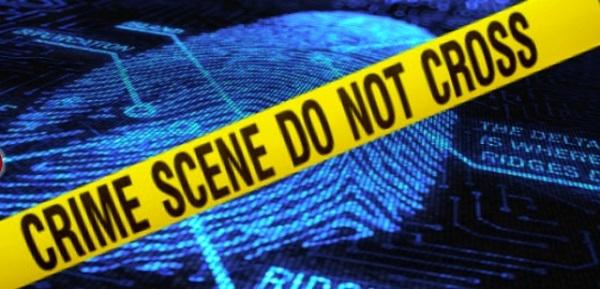
Among scientists there is no doubt that the analysis of giant data sets in IAFIS database probably would have to restore scientific order and clarity for all the mentioned problems of forensic fingerprinting. But the trouble is that the owners IAFIS categorically unwilling to admit the depth of existing problems. Therefore, they do not cure themselves and no outsiders statistical analysts to research their “closed base” hard wired. Despite the insistence of the scientific community.
⇡#What’s with your hair, bite marks, footwear and other things?
The rich history and traditions of the forensic fingerprinting, therefore, is not only a long list of undeniably great achievements of the investigators in the analysis of fingerprints as evidence, but also tremendously dark shadow, which this famous “scientific method” throws to other disciplines of forensic science. They are also long-standing traditions allow experts to insist on “absolute reliability” of their methods of analysis without any substantial justification.
For example, a lot of doubts and objections scientists call forensic methods of detection of arson, and nobody ever has, strictly speaking, not proven, but it is extremely popular in the insurance industry, where with the help of this developed technique confidently “prove” in courts of arson for refusal to the victims in the payment of insurance.
The current report of the presidential Advisory Council, however, was more narrow task – analytic test only those methods that involve comparison of characteristics of samples. In particular, the most serious criticism then subjected to analysis of Shoe prints. Because the method focuses on identifying matches between the sample trace from the crime scene and the particular shoes of suspects, it is clear that the most important objects of attention to the experts are characteristic of the pattern structure and defects on the sole.
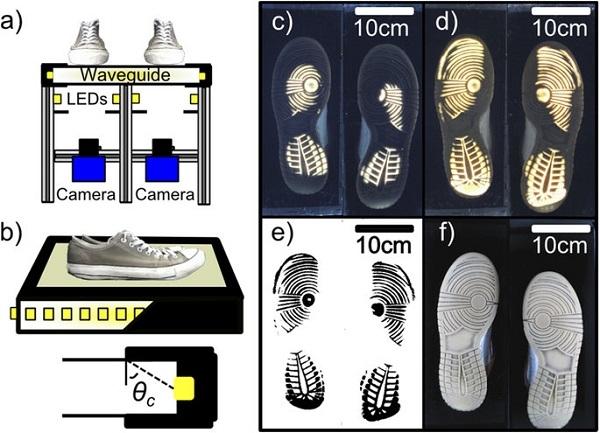
Scientists of the Commission, however, indicate this fact. All such expertise is built on “random characteristics”, but in criminology there are generally no studies that have demonstrated that this practice is based on real science. In other words, “the conclusions of the experts in this case are not supported by any substantial evidence or estimates of their precision, and hence cannot be considered scientifically valid”.
Especially angry and scathing criticism in the report, PCAST subjected to a forensic technique known as “analysis of bite marks”. Check this method scientists have found that this kind of “analysis” fails to conform to scientific standards for fundamental validity, but, moreover, it is from these standards far.
Analysis of bite marks is a forensic-dentists and relies on two fundamental assumptions. First, that the dentition of each person is unique – as unique as DNA. And secondly, by default, made to believe that the human skin (or other soft tissue) are a suitable environment where you can be “recorded” traces of the dental bite. A very big problem with this technique lies in the fact that none of its basic assumptions and nobody has never been proven…
Nevertheless, the analysis of bite marks is used in criminal cases to link specific individuals to prospective bites – from the 1950-ies. However, the Commission PCAST there are documents and evidence clearly showing that forensic experts are not able to consistently and provably agree on whether a particular damage to the body following the bite of a person.
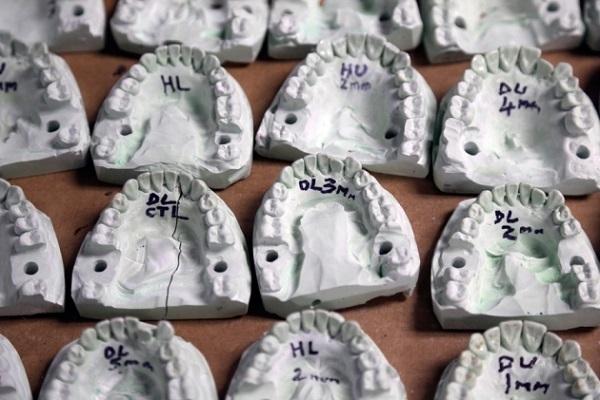
As a consequence, the forensics could not identify the source of the existing trail with reasonable and science-based accuracy. Although the comparison of bite marks is not as popular as, say, fingerprint analysis, however, and this method has already managed to leave in its path a whole series of unfounded convictions, which are now being reviewed and cancelled on the basis of other, more reliable evidence.
As a relatively new and provably more robust method of examination, forcing courts to reconsider the sentences still questionable, is today the DNA. Usually, this becomes possible by remaining in the Affairs of the evidence with DNA samples. But most often this kind of evidence found in the cases, where the basis for the charges was the hair found at the crime scene and forensics tied to the defendants more accessible methods of examination of type of microscopic analysis and visual comparison.
This particular method of forensic – comparison of hair and fiber was at the center of a large private investigation conducted by the DOJ and FBI in 2012-2014, after the scandalous publication in a national newspaper. The results of the review of the management of these departments in April 2015, was forced to officially recognize very unpleasant facts. For example, the fact that for more than 20 years, almost each of forensic experts of the elite unit of the FBI deliberately gave the courts the false evidence against the people, prosecuted on criminal charges.
More specifically, of the 28 experts in the FBI laboratory engaged in microscopic comparison of hair and fibers, at least 26 have overstated the degree of overlap in the samples so that it was beneficial to the prosecution and the police. Just a test of a revised 268 court cases, the facts identified in 95 percent of cases. Among these cases there are 32 of these, where the accused was sentenced to death. Of these, 14 persons were really executed or died in prison.
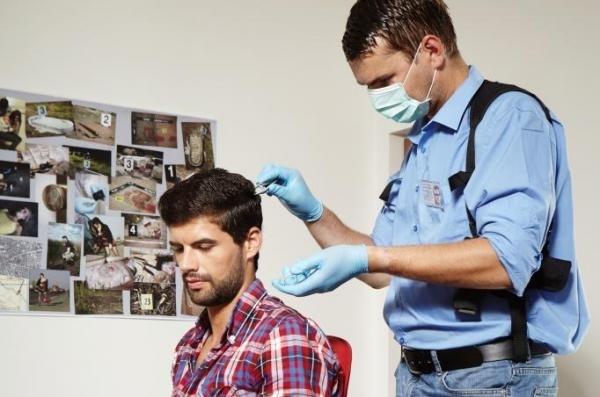
About evidence FBI forensics do not in themselves imply that there was other evidence of guilt the defendants. However, at least four persons, previously sentenced to capital punishment, as a result of the review of their cases was rehabilitated…
The results of this acclaimed documentary check confirmed that the FBI experts systematically give the courts evidence of “guaranteed” line of hair samples of the accused and the crime scene, confirming your results with the links on incomplete and misleading statistics, which were recruited from the work of their lab with the same sort of thing.
In fact, as evidenced by the analyses of independent scientists, criminologists, there is no accepted research on how often or rarely the hairs of different people may look like they belong to one person. For this reason, in recent years in the FBI laboratories use visual comparison of hair combined with more accurate DNA testing. However, DNA is not all there just.

